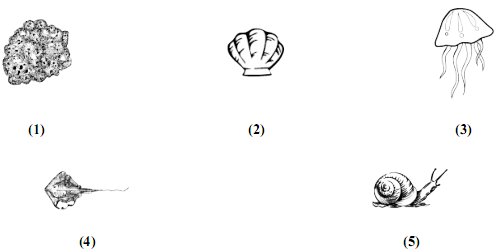THE 5-KINGDOM CLASSIFICATION SYSTEM
Monera (bacteria): Single-celled prokaryotic organisms; reproduce by binary fission (simple cell division); found in every habitat
Protista (protists): Single-celled eukaryotic organism; include plantlike, animal-like, and fungi-like organisms; reproduce by binary fission
Fungi: Single-celled and multicellular eukaryotic organisms; cells reproduce by either budding (forming a string of cells) or binary fission
Plantae (plants): Multicellular eukaryotic organisms with cell walls; make their own food from the Sun’s energy
Animalia (animals): Multicellular eukaryotic organisms without cell walls; ingest food and process it internally
The cells of eukaryotic organisms contain a distinct nucleus, and their DNA is organized into chromosomes. The cells of prokaryotic organisms lack these features.
In reproduction of yeast, a cell forms a “daughter” cell, and then the nucleus of the parent cell splits into a daughter nucleus, which migrates into the daughter cell. To which kingdom does yeast belong?
Explanation
Since a yeast cell contains a nucleus, it is a eukaryotic organism. The formation of a daughter cell describes budding, and so yeast matches the description of one sort of fungi.







